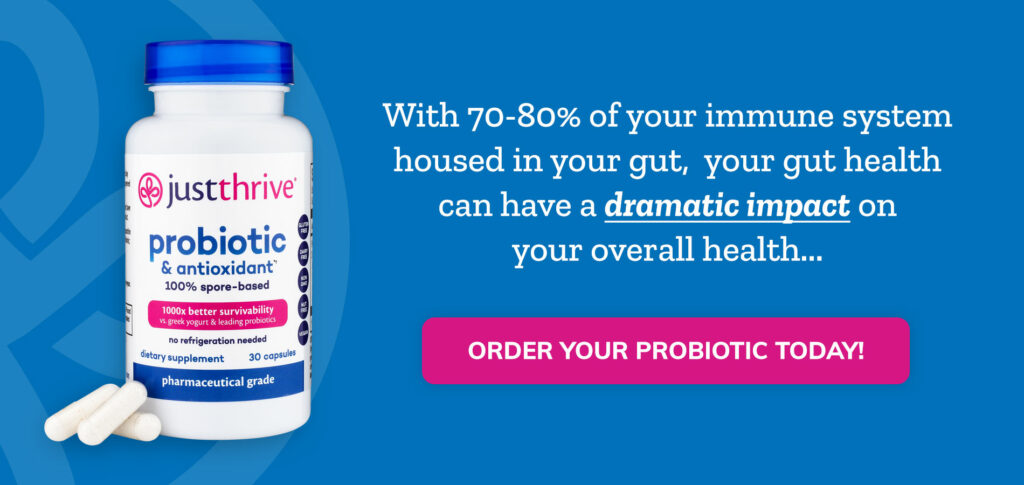Table of Contents[Hide][Show]
Mr. Universe to Mr. Marshmallow
He went from Mr. Universe to “Mr. Marshmallow.” Wade Lightheart gained 42 pounds of water and fat in 11 weeks after competing in a national bodybuilding competition. He became ill. He was confused about how this could happen to him after being in, what he though, was the best shape of his life.
He followed all the conventional nutrition advice in his training as a bodybuilder. Much of the advice centered around consuming large amounts of protein. He was a raw foodist but this didn’t prevent intestinal distress. His approach failed, and he wanted to know why.
Wade Lightheart is an advisor to the American Anti-Cancer Institute and a three-time all natural bodybuilding champion. He accomplished his bodybuilding feats as a vegetarian.
The Missing Links
He took a step back and investigated what had gone wrong in his eating and nutrition environment. He discovered probiotics and enzymes, or the lack thereof, made all the difference in how he felt and how he looked.
We live in an era in this country of food abundance. The food is engineered and designed to cause us to crave it. The cravings are not matched with improved nutrition. We eat sugar, rancid fats, undigested proteins, burnt proteins, and GMOs. We are also surrounded by toxic agents.
This has caused havoc for our digestive and immune systems. The symptoms show up as things like heartburn, gas, and constipation. It progresses to more aggressive expressions such as acid reflux, skin conditions, and migraines.
Wade tells us that we need to address those minor symptoms right away. It’s not enough to do a quick-fix detox. We have to manage our social and psychological environments.
We also must provide the body with extra enzymes and probiotics to make sure that our food gets absorbed and utilized properly. If our bodies have to produce additional enzymes because of bad absorption and inadequate digestion, we end up using muscle to produce enzymes. These are enzymes that we could otherwise use for healing, energy, and cognition. We have to reduce the enzymatic cost of eating.
From Thinking to Blinking
Every biological process in our bodies uses enzymes. We go through a process of chewing our food, after which it enters the upper cardiac portion of our stomach. Then the body produces enzymes, hydrochloric acid, and buffers to prevent that acid from damaging our stomach lining. If you don’t produce sufficient hydrochloric acid or the right enzymes, or if you don’t consume adequate fiber, or water, your body will not be able to use the food efficiently. Dairy and red meat are two of the main culprits in our digestion problems. So more of our diet needs to be plant-based. When we improve the absorption of our food, we are able to get more mileage on less protein.
Age, diet, genetics, and stress levels determine the efficiency of our digestive systems. Some of us are stronger in those categories than others, but we can all use help.


